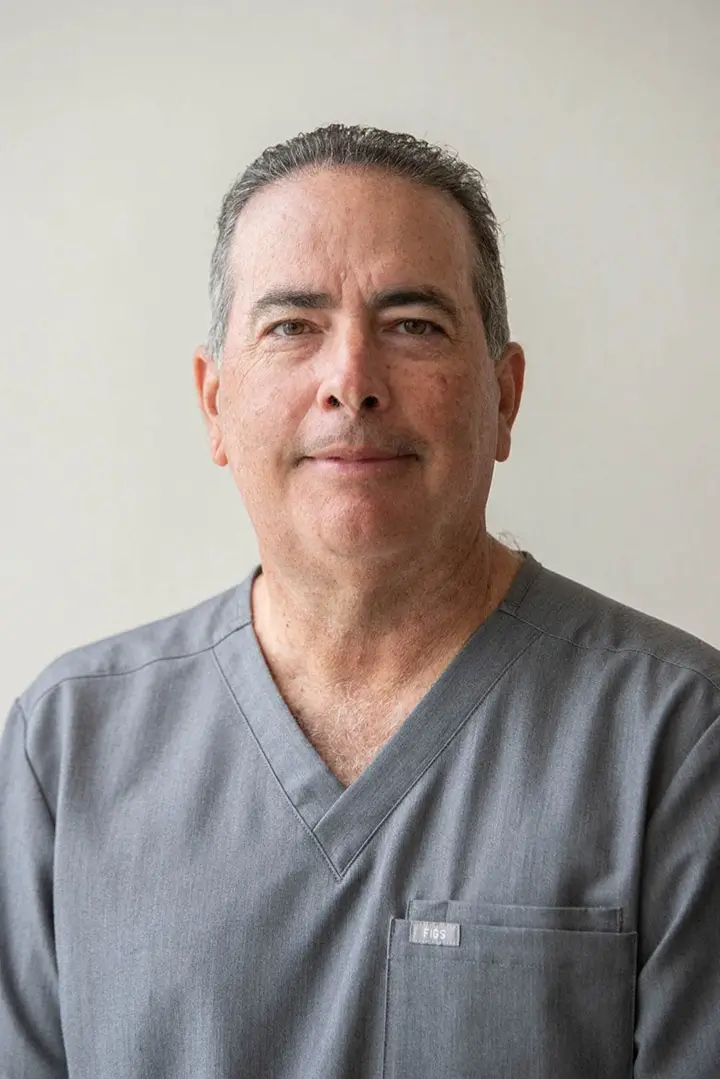Bone marrow cells appear to have the capacity to replace any cell in the body by being coaxed in a number of diverse ways.
In San Francisco, the American Chemical Society hosted three presentations at its annual symposium in early September that will hopefully confirm this hope. The papers that were presented all discussed similar findings.
1. All the researchers evaded the ethical questions raised by the use of embryonic stem cells by conducting their experiments using adult stem cells.
2. Typically the precursor to blood cells, the adult stem cells that were used can become solid organ cells or even nerve cells as all three of the papers concur.
3. The papers agreed that by altering the physical environment in which they grew, the adult cells were able to become pluripotent.
The bone marrow cells were encouraged by researchers at the University of California, Berkeley. It was there that the cells were coaxed and given the direction needed to become blood vessel cells.
To get the cells to align properly, Kyle, a Berkeley scientist was able to compel the cells to attach to an elastic membrane which had grooves specific for the job.
For several days, the membrane was constantly relaxed and stretched. Smooth muscle cells were created by this exercise, the kind of cells that make up blood vessels.
The newly-formed smooth muscle cells, which can also expand and contract, may possibly be used as a component of a tissue-engineered graft that could provide superior performance over conventional grafts that are used for bypass surgery.
In the body, stem cells attach to the walls of blood vessels as Kyle points out. The cells naturally stretch and contract as blood is pumped through these arteries.
“If a cell cannot flex its muscles like Arnold Schwarzenegger, it cannot build its muscles,” Kyle said in a news conference. “Gov. Schwarzenegger got big biceps by lifting dumbbells … It works the same way for stem cells to become smooth muscle cells. They have to sit in culture day in and day out lifting weights.”
In a second presentation, a professor of chemical and biomolecular engineering at the University of Pennsylvania, Dr. Dennis presented the notion of stem cells feeling their environment. What they feel determines what they become.
The team lead by Dr. Dennis was able to develop soft nerve cells, rigid bone cells, and soft muscle cells, by changing the environment of adult bone marrow cells. A rigid, stiff, or soft environment determined the outcome of the cells. Based on resulting cell shapes as well as messenger RNA and protein markers, stem cells grown in more rigid environments — like bone — produced bone-like cells; those grown in environments with medium elasticity — similar to muscle — produced muscle-like; and stem cells grown in softer environments — such as brain tissue — tended to produce nerve-like cells.
The cells required stimulation from the proper mix of chemical messengers to complete the process as Dr. Dennis and his team discovered.
The third report confirms that blood stem cells (hematopoietic stem cells) can indeed become many different kinds of cells. The report was presented by Dr. Terry, a professor of chemical and biological engineering at Northwestern University.
Dr. Terry and his colleagues were able to make the cells move in a formerly unexpected direction by simply manipulating the setting in which the blood stem cells were grown.
“We demonstrate these cells can do more than is currently accepted,” Dr. Terry said in the news conference. “There are several approaches to harness the potential of the billions of stem cells we make every day.”
The similar findings in these three presentations continue to prove that embryonic stem cells are not as necessary as once thought. As adult stem cells maintain their drive forward at full speed, the future continues to become brighter for this non-controversial source. The possible treatments for Parkinson’s disease, diabetes, spinal cord injury and other devastating conditions comes closer and closer as the science of adult stem cell therapy continues to advance.

